Home>Interior Design>Should Living Room Furniture Match? Design Experts Advise
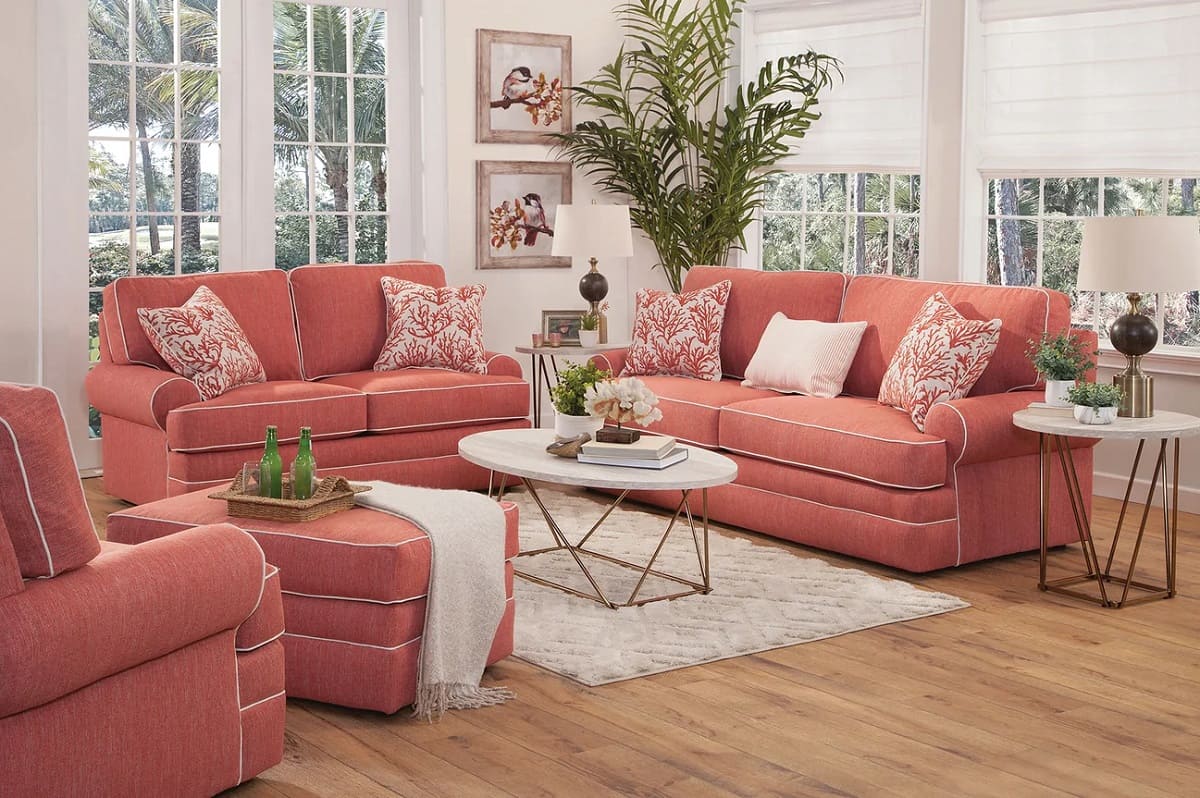

Interior Design
Should Living Room Furniture Match? Design Experts Advise
Modified: August 27, 2024
Discover the expert advice on whether living room furniture should match in your interior design. Design experts weigh in on the importance of cohesive furniture styles.
(Many of the links in this article redirect to a specific reviewed product. Your purchase of these products through affiliate links helps to generate commission for Storables.com, at no extra cost. Learn more)
Introduction
When it comes to interior design, one of the most common questions is whether or not living room furniture should match. Design trends have evolved over the years, and the idea of matching furniture sets has become more flexible. While some may prefer a coordinated look, others embrace the idea of mixing and matching different styles and colors.
The truth is, there is no right or wrong answer. The decision to match or mix furniture in your living room ultimately comes down to personal preference and the overall aesthetic you want to achieve.
However, it’s important to consider some key factors when making this decision. In this article, we will explore the importance of living room furniture, the benefits of both matching and mismatching styles, and provide design expert advice to help you create a cohesive and visually appealing space.
Key Takeaways:
- Embrace your personal style and preferences when choosing living room furniture. Whether you prefer a cohesive look or an eclectic mix, create a space that reflects your unique personality and taste.
- Prioritize practicality, functionality, and budget considerations when selecting living room furniture. Create a harmonious and visually appealing space that meets your needs and stays within your financial means.
Read more: How To Mix And Match Living Room Furniture
Importance of living room furniture
The living room is often considered the heart of the home. It is a space where families gather, guests are entertained, and memories are made. The furniture in your living room sets the tone for the space and plays a crucial role in creating a welcoming and comfortable atmosphere.
Living room furniture serves both aesthetic and functional purposes. It not only enhances the visual appeal of the room but also provides a functional and comfortable seating arrangement for occupants. The right furniture can transform your living room into a stylish and functional space that reflects your personality and lifestyle.
When choosing living room furniture, it’s important to consider the size and layout of the room. Selecting appropriately sized furniture ensures that the space feels balanced and well-proportioned. Additionally, the choice of furniture can also impact the flow and functionality of the room. Properly arranged furniture creates a conducive environment for conversation, relaxation, and entertainment.
Moreover, investing in quality living room furniture is essential for long-term durability and enjoyment. Well-constructed furniture pieces made from high-quality materials can withstand regular use and retain their aesthetic appeal for years to come.
Overall, living room furniture plays a vital role in establishing the ambiance and functionality of the space. It acts as the foundation for your living room design and sets the stage for other elements to come together cohesively.
Personal style and preferences
When it comes to choosing living room furniture, your personal style and preferences should be the primary guiding factors. Your living room is a reflection of your taste and personality, so it’s important to select furniture that resonates with your aesthetic vision.
Some individuals prefer a more traditional and cohesive look, where all the furniture pieces match in style, color, and material. This approach creates a sense of harmony and balance in the room. Matching furniture sets can lend a sense of elegance and sophistication to your living space.
On the other hand, many people gravitate towards a more eclectic and expressive style. Mixing different furniture styles, colors, and textures can create a visually stimulating and dynamic living room. This approach allows for more creativity and self-expression in the design. By incorporating unique and individual pieces, you can showcase your personal style and create an extraordinary space that reflects your personality.
When considering personal style, it’s also important to take into account the overall theme or vibe you want to create in your living room. Do you prefer a sleek and modern look or a cozy and rustic feel? Understanding your desired ambiance will help inform your furniture choices and ensure a cohesive design scheme.
Remember, personal style is a matter of personal preference. Don’t be afraid to trust your instincts and choose furniture that resonates with you. This is your space, and it should reflect your individuality and taste.
Cohesive and harmonious look
Creating a cohesive and harmonious look in your living room is essential for a visually pleasing and well-designed space. Whether you choose to match your furniture or mix different styles, achieving a sense of harmony is key.
One way to create a cohesive look is to stick to a consistent color palette. Choose a primary color or a combination of colors that will be the foundation of your design. This color palette can be used for your furniture upholstery, accessories, and accent pieces. By having a unified color scheme, you can create a sense of coordination and balance, even if the furniture styles are different.
Another way to achieve a cohesive look is to consider the scale and proportion of your furniture pieces. Ensure that the size and height of the furniture pieces are in harmony with each other and with the room’s overall layout. For example, pairing a large, overstuffed couch with small, delicate accent chairs may create an unbalanced look. Pay attention to the visual weight and proportion of each piece to maintain a sense of harmony.
Additionally, consider the overall style and design elements in your living room. While it’s not necessary for every furniture piece to match precisely, they should complement each other. For example, if you have a vintage-inspired sofa, pairing it with a mid-century modern coffee table or contemporary side tables can create an interesting juxtaposition that adds visual interest while maintaining overall coherence.
Remember to pay attention to the finer details as well, such as the finishes, patterns, and textures of your furniture pieces. Harmonize these elements by choosing complementary or coordinating finishes and patterns. Mixing different textures can add depth and visual interest to the space, but strive for a balance that doesn’t overwhelm the eye.
Achieving a cohesive and harmonious look requires careful consideration and a keen eye for design. Whether you choose to match your furniture or mix styles, the overall goal is to create a space that feels visually unified and harmonious, reflecting your personal style and taste.
Mixing and matching styles
Gone are the days when all furniture pieces had to match perfectly. Mixing and matching styles in your living room can create a unique and eclectic look that is full of personality and charm. Embracing a mix of different styles can add depth and visual interest to your space.
One approach to mixing styles is to focus on a particular theme or era. For example, you might combine mid-century modern furniture with vintage pieces to create a retro-inspired living room. This juxtaposition of styles gives the room a sense of character and tells a story. By selecting key furniture pieces that represent different eras, you can create a conversation-worthy design scheme.
Another way to mix styles is through the use of contrast. Pairing pieces with different textures, materials, and shapes can create a visually striking composition. For example, combining a sleek, contemporary sofa with a rustic wooden coffee table creates an interesting contrast that adds visual intrigue to the space. Experiment with different combinations to achieve the right balance of contrasting elements.
When mixing styles, it’s important to maintain a sense of balance. Avoid overcrowding the space with too many contrasting pieces that may result in a chaotic and overwhelming look. Instead, focus on creating a thoughtful arrangement that allows each piece to shine while still working together harmoniously.
One approach to achieve a cohesive look when mixing styles is to incorporate a unifying element. This can be a common color, pattern, or material that is present in each furniture piece or accessory. By using this unifying element, you can tie together the different styles and create a visually cohesive space.
Remember, mixing and matching styles requires a keen eye for design and a willingness to experiment. Don’t be afraid to mix unexpected styles and trust your instincts. The key is to create a space that reflects your unique personality and tastes while maintaining a sense of balance and visual harmony.
Creating a focal point
A focal point is a key element in interior design that captures attention and serves as the visual centerpiece of a space. In the context of living room furniture, creating a focal point can elevate the overall design and add a sense of drama and visual interest.
One way to create a focal point is to choose a statement furniture piece that stands out from the rest. This can be a bold-colored sofa, an intricately designed accent chair, or a unique coffee table. By placing this standout piece in a strategic position, such as facing the entrance or at the center of the room, you instantly draw attention and make it the focal point of the space.
Another approach to creating a focal point is to arrange furniture around a particular feature of the room. This can be a fireplace, a large window with a stunning view, or a beautiful piece of artwork. By positioning your furniture in such a way that highlights this feature, you not only create a visually appealing focal point but also maximize the functionality and enjoyment of the space.
Color can also play a significant role in creating a focal point. By using a vibrant or contrasting color on a specific furniture piece or accent wall, you can instantly draw attention and make it the center of attention. This technique works particularly well in neutral or monochromatic color schemes, where a pop of color can create a striking visual impact.
Incorporating lighting fixtures can further enhance the impact of your focal point. Use strategic lighting, such as spotlights or pendant lights, to highlight your chosen focal point and create a captivating ambiance. Proper lighting not only draws attention but also adds depth and dimension to the space.
Remember, a focal point should be the main visual attraction, but it should also harmonize with the rest of the room. Ensure that the furniture pieces surrounding the focal point complement and enhance the overall design. The goal is to create a cohesive and visually pleasing composition that captivates and engages anyone who enters the room.
Mixing and matching living room furniture can add visual interest and personality to the space. Consider coordinating pieces with complementary colors and styles for a cohesive look without being too matchy-matchy.
Color coordination
Color coordination is a crucial aspect of interior design that can greatly influence the look and feel of your living room. By carefully selecting and coordinating colors, you can create a harmonious and visually pleasing space.
When it comes to living room furniture, there are a few different approaches to color coordination. One popular option is to choose a monochromatic color scheme, where different shades and tones of the same color are used throughout the room. This creates a sense of unity and sophistication. For example, you could opt for a variety of gray furniture pieces in different shades, paired with accents and accessories in complementary hues.
Another option is to use complementary colors. These are colors that are opposite each other on the color wheel, such as blue and orange or purple and yellow. Combining complementary colors in your living room furniture can create a dynamic and visually stimulating design. For instance, you could pair a deep blue sofa with accent chairs in a vibrant shade of orange.
Analogous colors, which are adjacent to each other on the color wheel, can also be used for color coordination. This creates a more subtle and cohesive look. For example, you could choose furniture pieces in shades of blue and green, creating a calming and nature-inspired ambiance.
Neutral colors are also a popular choice for living room furniture as they provide a versatile and timeless base. Shades of white, beige, gray, and brown can be used to create a neutral color palette that pairs well with any accent color. You can then add pops of color through accessories, cushions, and artwork.
Keep in mind that color coordination is not limited to your furniture pieces alone. Consider the overall color scheme of the room, including the walls, flooring, and other elements. Ensure that the colors of your furniture complement and harmonize with these elements to create a cohesive and balanced design.
Ultimately, the color coordination of your living room furniture should reflect your personal style and taste. Consider the mood and atmosphere you want to create and choose colors that evoke those emotions. Whether you opt for monochromatic, complementary, or analogous colors, the key is to create a visually pleasing and coherent color palette that enhances the overall design of your living room.
Material and texture considerations
When selecting living room furniture, it’s essential to consider the materials and textures used in their construction. The choice of materials and textures can greatly impact the overall look and feel of your space.
First and foremost, consider the durability and functionality of the materials. The living room is a high-traffic area, so it’s important to choose furniture made from sturdy and long-lasting materials. Upholstered furniture should be made from high-quality fabrics that can withstand regular use and are easy to clean. Leather and microfiber are popular choices for their durability and resistance to stains.
Aside from durability, consider the aesthetic appeal of the materials. Different materials evoke different moods and styles. For example, leather furniture adds a sense of luxury and sophistication, while natural wood radiates warmth and comfort. Choose materials that align with your desired aesthetic and complement the overall design of your living room.
Texture also plays a vital role in adding visual interest and depth to your living room. Combining different textures can create a more dynamic and visually engaging space. Pair smooth leather furniture with textured cushions or mix velvet upholstery with a sleek metal coffee table. By incorporating a variety of textures, you introduce tactile elements that make the space more inviting and visually appealing.
Consider the tactile comfort of the materials as well. Since the living room is a space for relaxation and gathering, it’s important to choose furniture that offers a comfortable seating experience. Test the texture and feel of the materials to ensure they are soft and pleasant to the touch. Additionally, consider the level of cushioning in upholstered furniture to ensure optimal comfort.
Lastly, pay attention to the maintenance and care requirements of the materials. Different materials may require different cleaning and maintenance routines. Some may be more resistant to stains and spills, while others may require more frequent care. Consider your lifestyle and the amount of time you are willing to invest in upkeep when choosing materials for your living room furniture.
By considering the materials and textures in your living room furniture, you can create a space that not only looks visually appealing but also feels comfortable and inviting. The choice of materials can greatly impact the durability, aesthetic appeal, and tactile experience of your living room, so choose wisely to create a space that suits your needs and style.
Practicality and functionality
When selecting living room furniture, it’s important to prioritize practicality and functionality. Your living room is a space where you and your family will spend a considerable amount of time, so it’s essential to choose furniture that meets your needs and enhances the functionality of the room.
First and foremost, consider the layout and size of your living room. Measure the space carefully to ensure that the furniture you choose fits comfortably without overcrowding the room. Consider the traffic flow and make sure there is enough space for people to move around freely.
Consider the purpose and functionality of each furniture piece. Sofas and chairs should provide comfortable seating for relaxation and socializing. Look for features like reclining options or built-in storage compartments if those are important to you. If you have frequent guests or entertain often, consider furniture pieces that can be easily rearranged or offer the flexibility to accommodate larger groups.
Storage is another essential aspect of living room furniture. Look for options with built-in shelves, drawers, or hidden compartments to help keep your living room organized and free from clutter.
Another practical consideration is the ease of maintenance and cleaning. Choose materials that are stain-resistant and easy to clean, especially if you have children or pets. Consider the level of care required for the furniture pieces in terms of regular maintenance and upkeep.
Functionality also extends beyond individual furniture pieces. Consider how the furniture works together as a whole. Ensure there is ample surface area for placing drinks, books, or other items. Place side tables or coffee tables within easy reach of seating areas. Consider the placement of lighting fixtures to ensure proper illumination for reading or other activities.
Ultimately, practicality and functionality should be at the forefront of your decision-making process when selecting living room furniture. By choosing furniture that fits well within the space, serves its intended purpose, offers storage solutions, and is easy to maintain, you can create a living room that is not only aesthetically pleasing but also functional and enjoyable for everyday use.
Budget considerations
When it comes to selecting living room furniture, budget considerations play a crucial role. It’s important to establish a budget before embarking on your furniture shopping journey to ensure that you make informed decisions and stay within your financial means.
First, assess your overall budget for furnishing your living room. Consider how much you are willing to spend on furniture, accessories, and any additional pieces you may need. Having a clear budget in mind will help narrow down your options and prioritize your purchases.
Research the market and explore different stores and online retailers to compare prices. Look for deals, promotions, or clearance sales that can help you maximize your budget. Remember that expensive doesn’t always mean better quality, so do your research and consider the value and durability of the furniture pieces you are considering.
Consider the lifespan of the furniture. While it may be tempting to opt for cheaper options, keep in mind that investing in higher-quality furniture may save you money in the long run. Well-constructed, durable furniture can withstand daily use and last for many years without needing to be replaced. This can ultimately save you the cost of having to re-purchase cheaper, less durable furniture in the future.
When budgeting for your living room furniture, make a list of priority pieces. Determine which furniture items are essential and will have the most impact on the overall functionality and aesthetics of the room. Allocate a larger portion of your budget to these key pieces and be mindful of any additional items that may be nice-to-have but not essential.
Consider alternative options such as second-hand or vintage furniture stores, online marketplaces, or even DIY projects. These can provide cost-effective solutions that still offer quality and style. With a bit of creativity and resourcefulness, you can find unique and budget-friendly furniture pieces that add character and charm to your living room.
Lastly, be realistic about your budget and avoid going into debt for your living room furniture. Set realistic expectations and remember that furnishing a living room is an ongoing process. You don’t have to purchase everything all at once. Take your time, save money, and gradually furnish your living room as your budget allows.
By carefully considering your budget and making informed decisions, you can create a beautiful and functional living room that meets your needs while staying within your financial means.
Conclusion
When it comes to living room furniture, the decision to match or mix styles is a matter of personal preference. There is no right or wrong answer, as long as the end result reflects your style and creates a welcoming and comfortable space.
Consider the importance of living room furniture in setting the tone and functionality of the space. Whether you choose to match furniture for a cohesive look or mix and match styles for a more eclectic vibe, the goal is to create a space that reflects your personal taste and meets your needs.
Creating a harmonious and visually pleasing living room involves careful consideration of color coordination, material selection, and texture combination. By choosing a color scheme that complements your furniture and incorporating various textures, you can enhance the overall visual appeal of the space.
Practicality and functionality are key factors in selecting living room furniture. Consider the layout and size of the room, the purpose of each furniture piece, and the maintenance requirements. By focusing on practicality, you ensure that your living room furniture not only looks great but also serves its intended purpose.
Lastly, budget considerations are essential in making informed decisions. Set a budget, research pricing options, prioritize key furniture pieces, and consider alternative sources to stretch your budget. Remember that quality and durability are worth the investment in the long run.
In the end, your living room is a reflection of your personal style and preferences. Whether you choose matching furniture for a cohesive look or mix and match styles for a more eclectic feel, the key is to create a space that is visually appealing, functional, and a true reflection of your unique personality.
So go ahead, explore the possibilities, and create a living room that brings joy, comfort, and style to your everyday life.
Frequently Asked Questions about Should Living Room Furniture Match? Design Experts Advise
Was this page helpful?
At Storables.com, we guarantee accurate and reliable information. Our content, validated by Expert Board Contributors, is crafted following stringent Editorial Policies. We're committed to providing you with well-researched, expert-backed insights for all your informational needs.
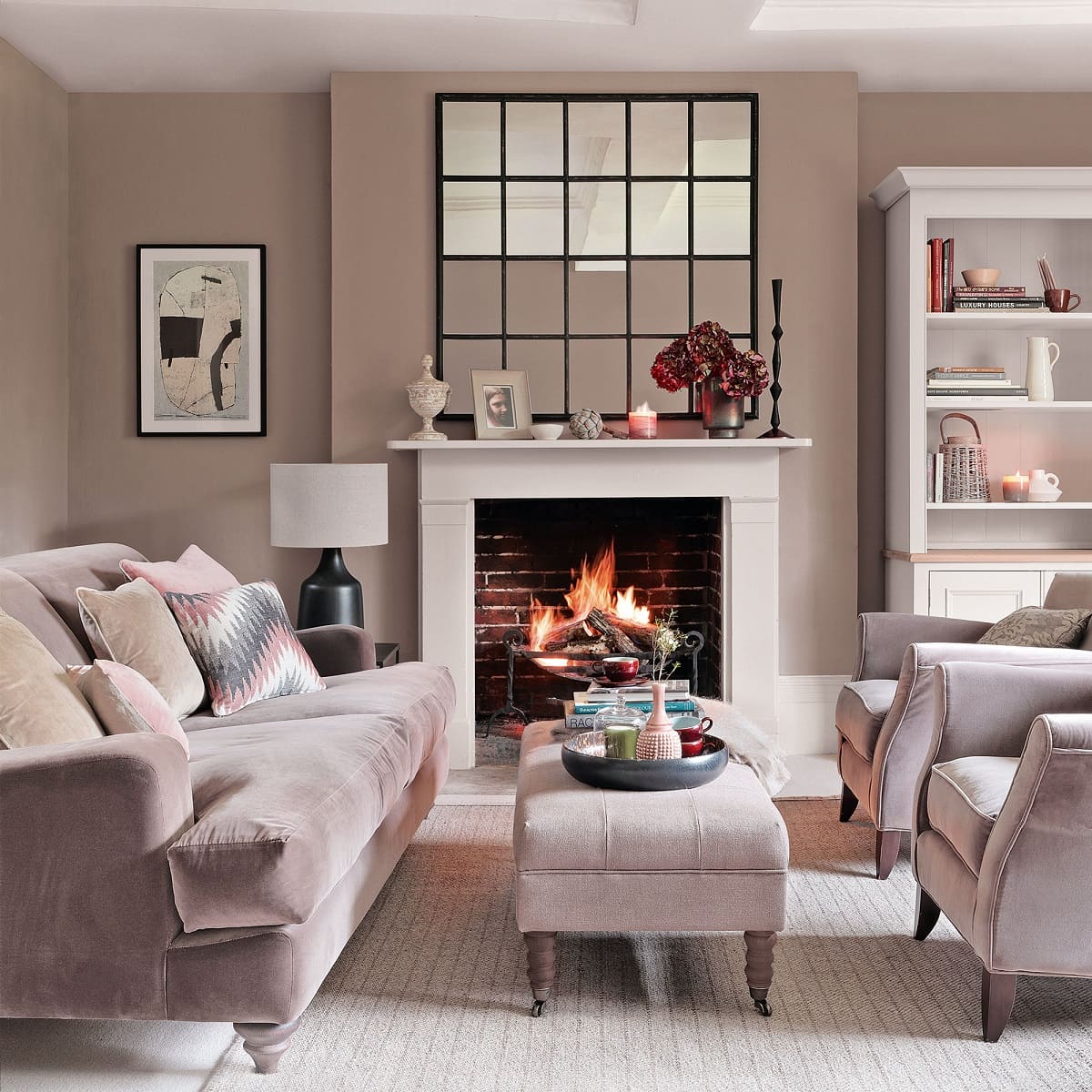
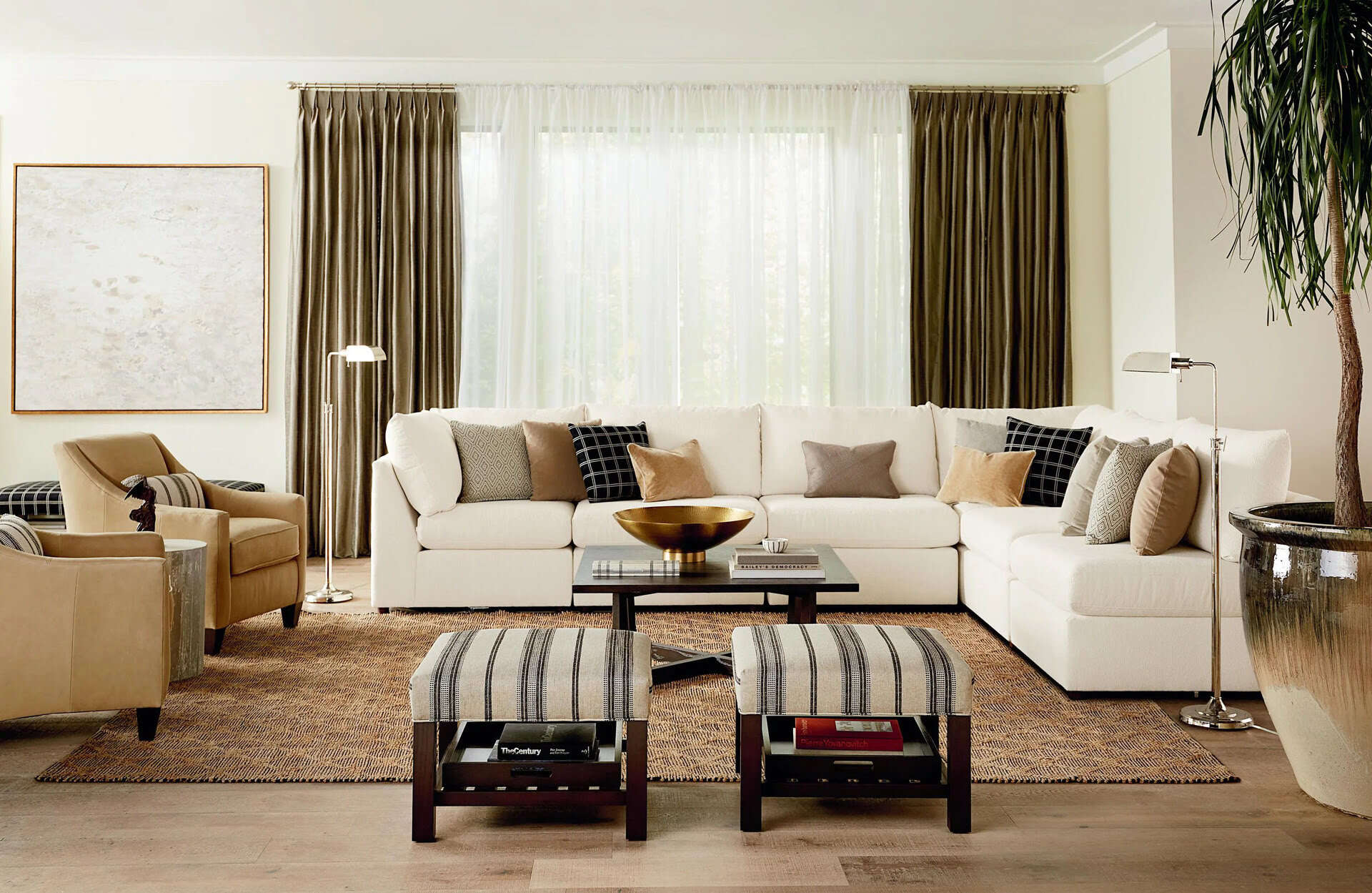
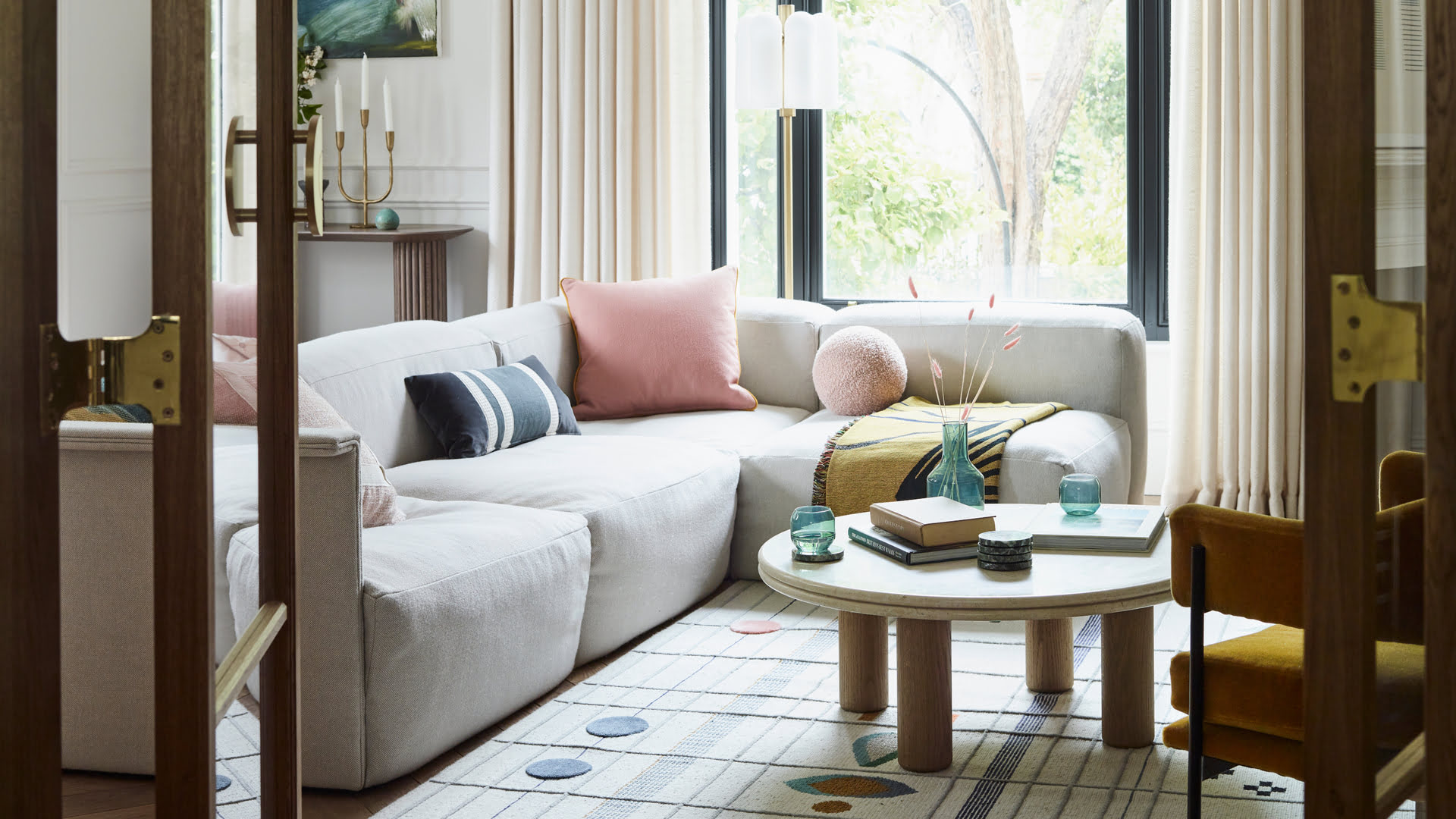
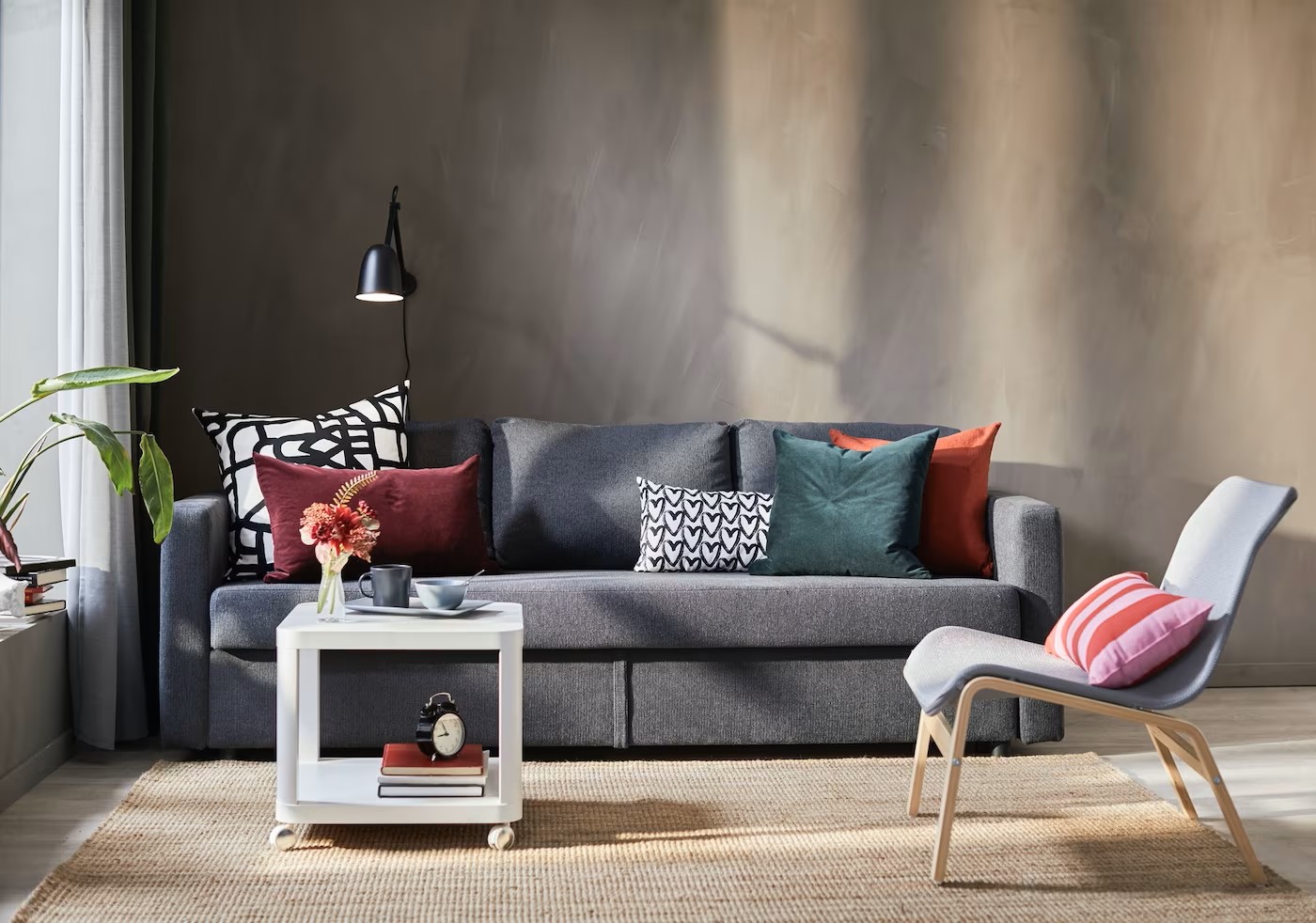
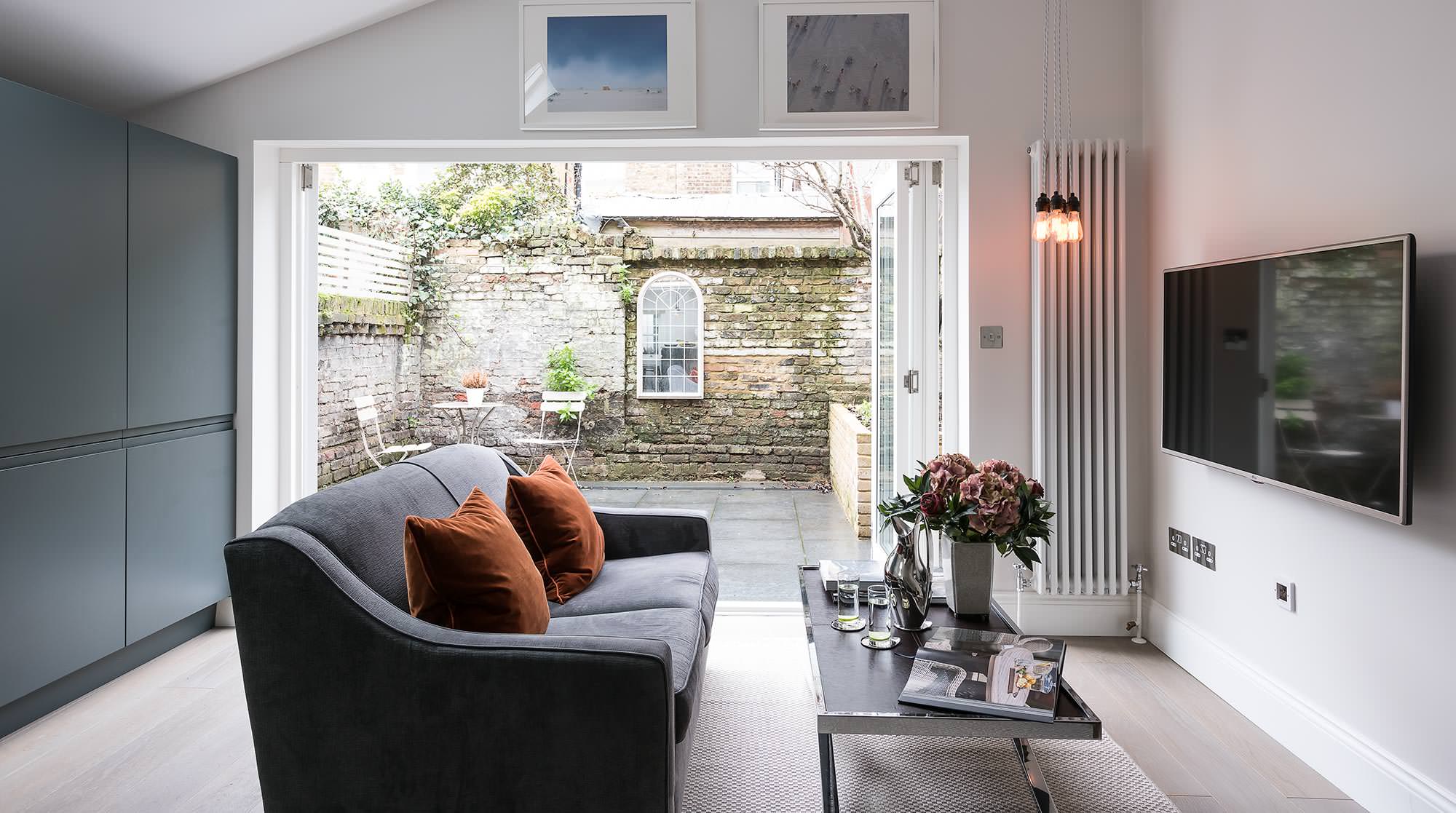
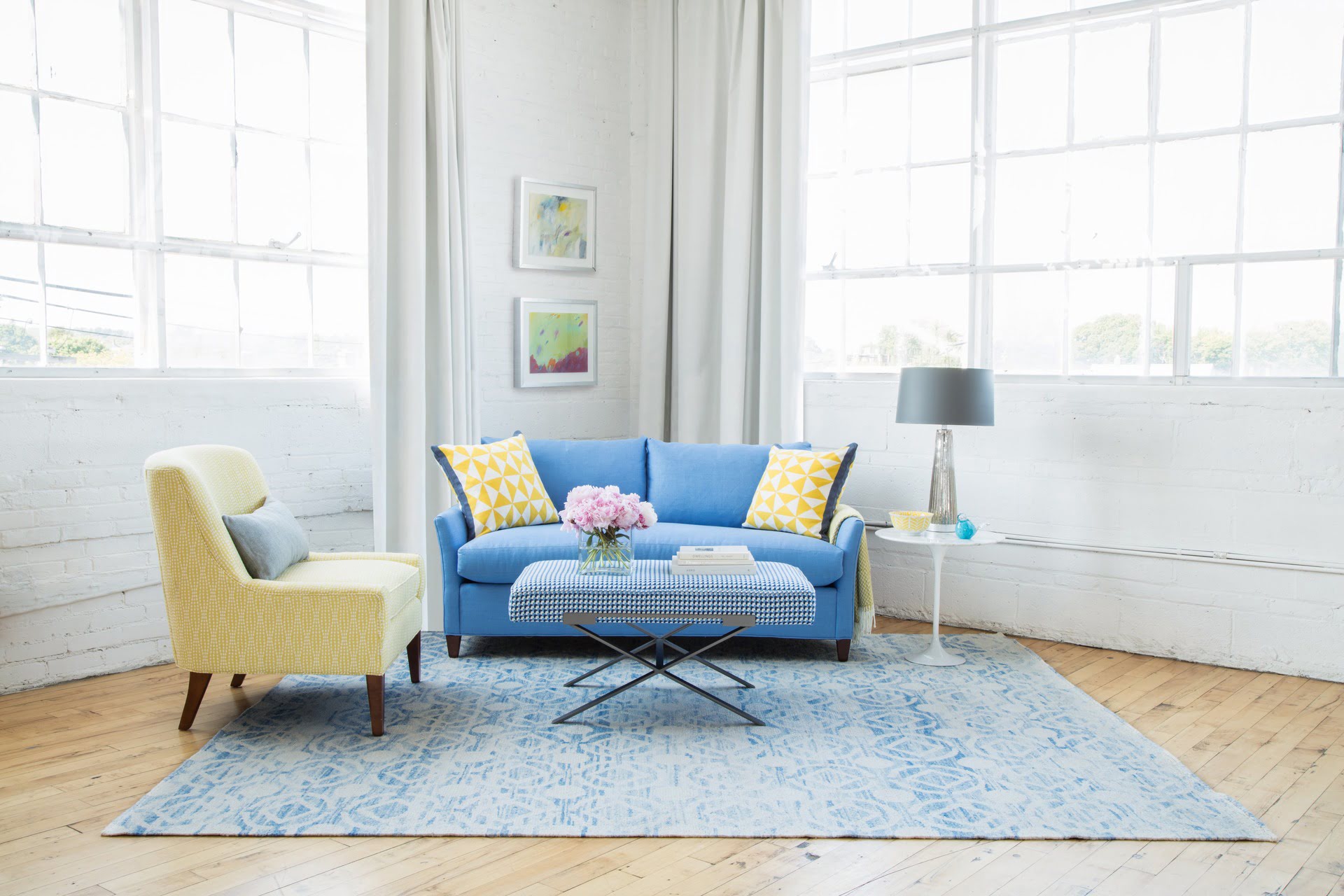
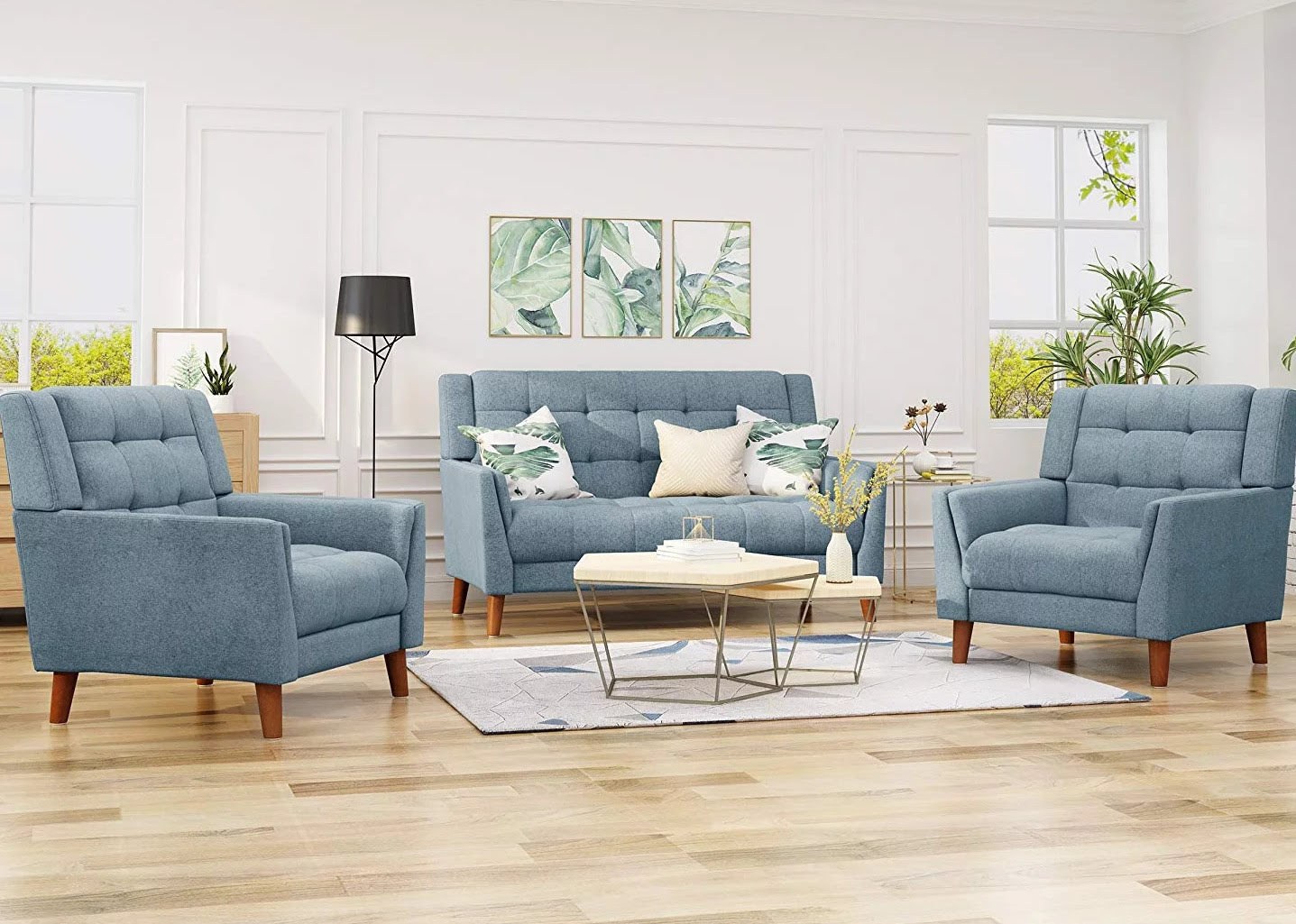
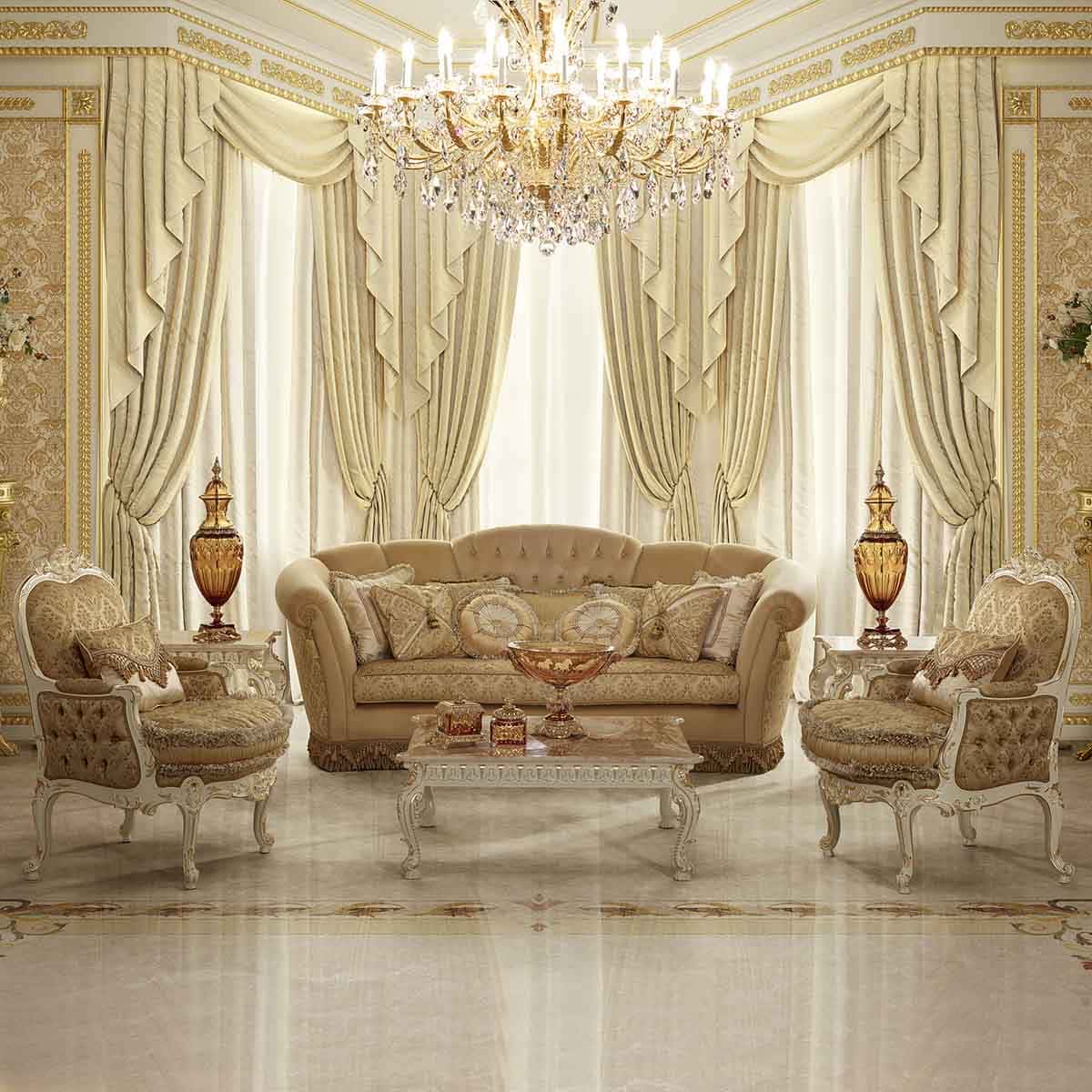
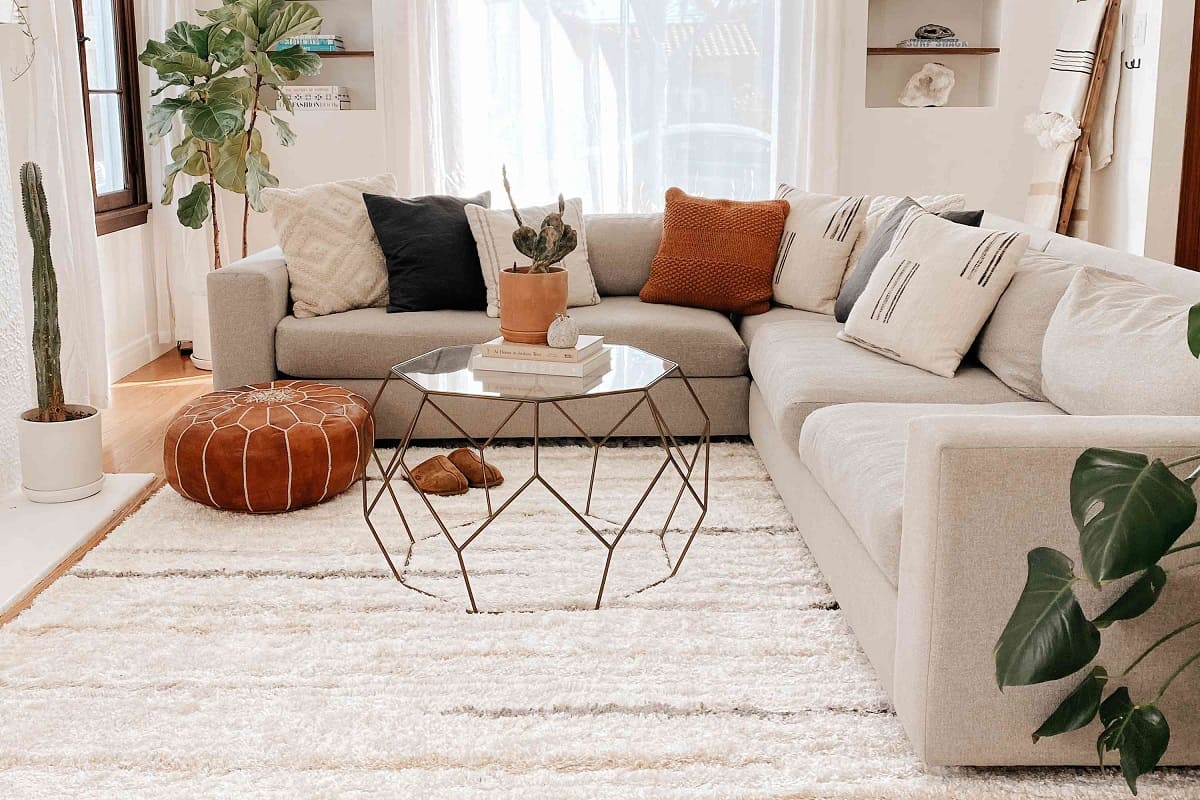
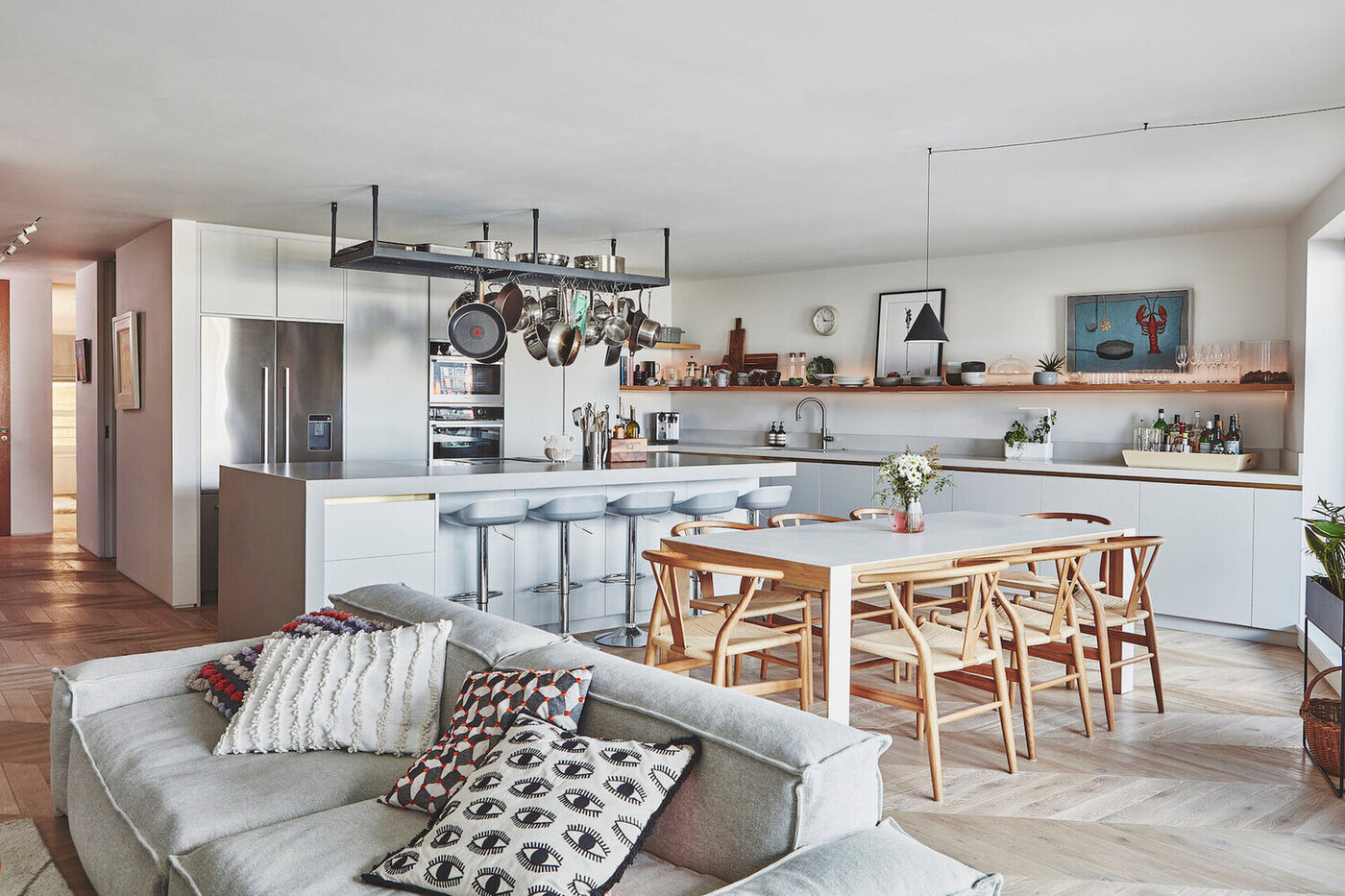
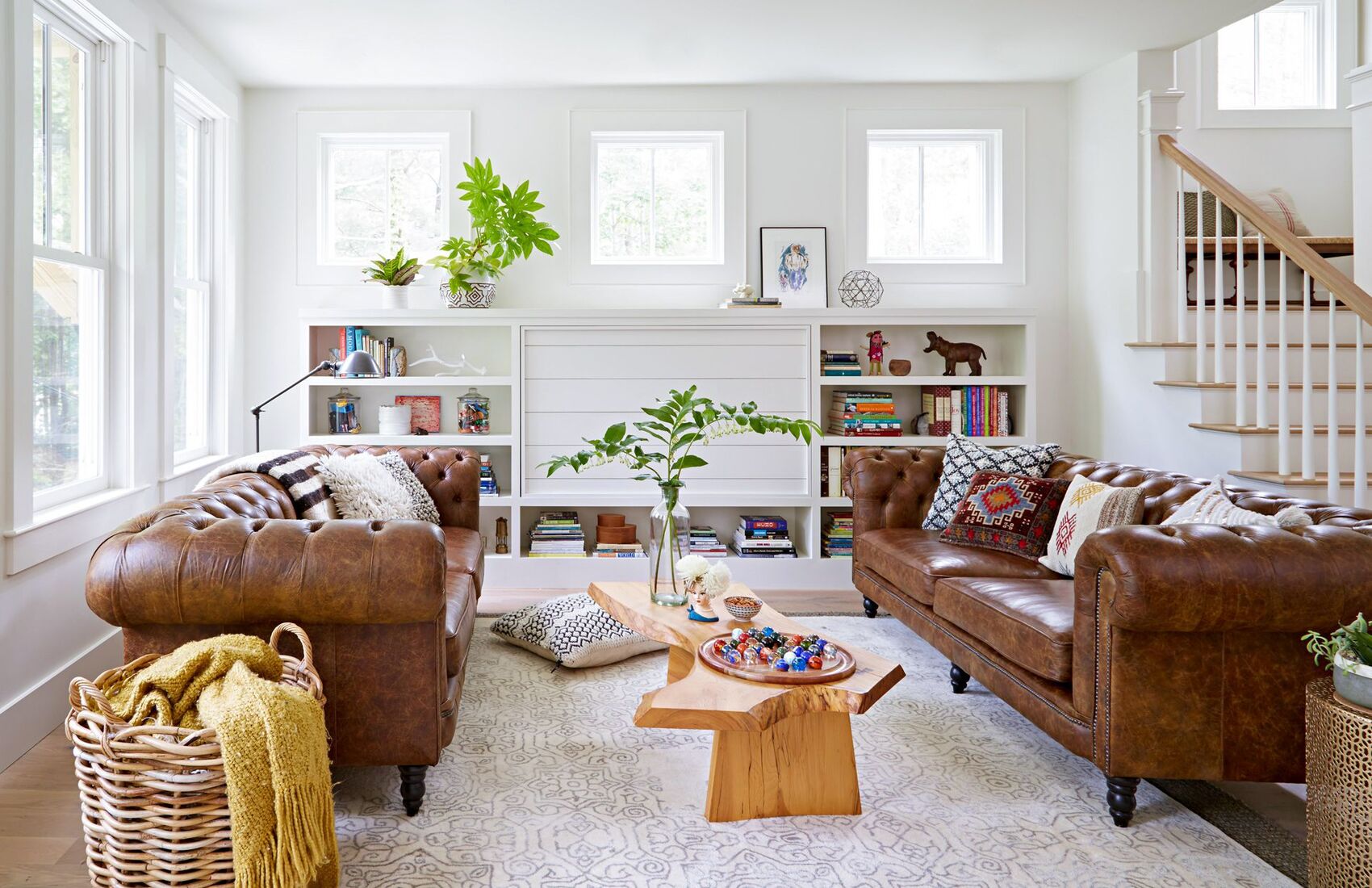
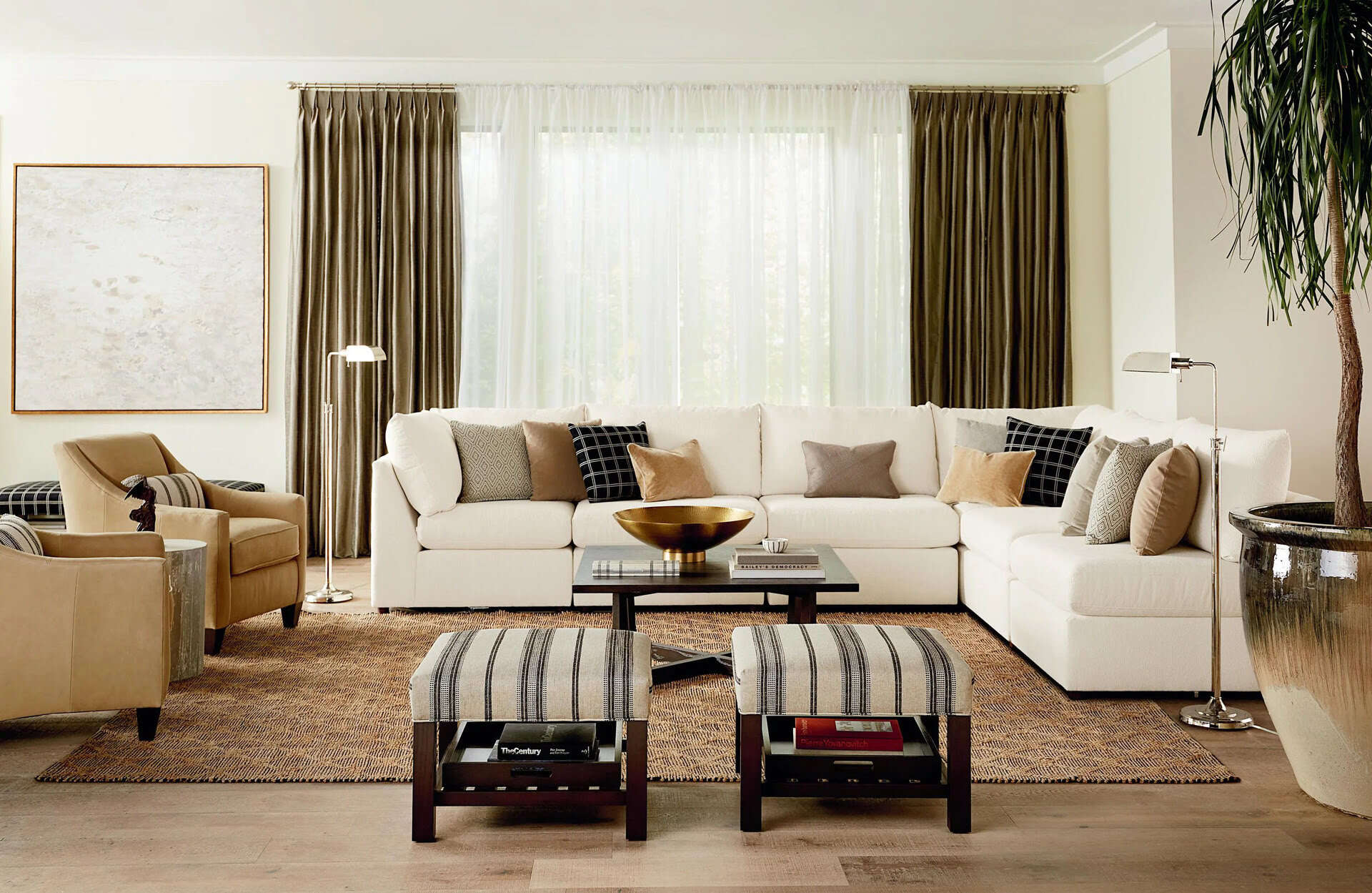
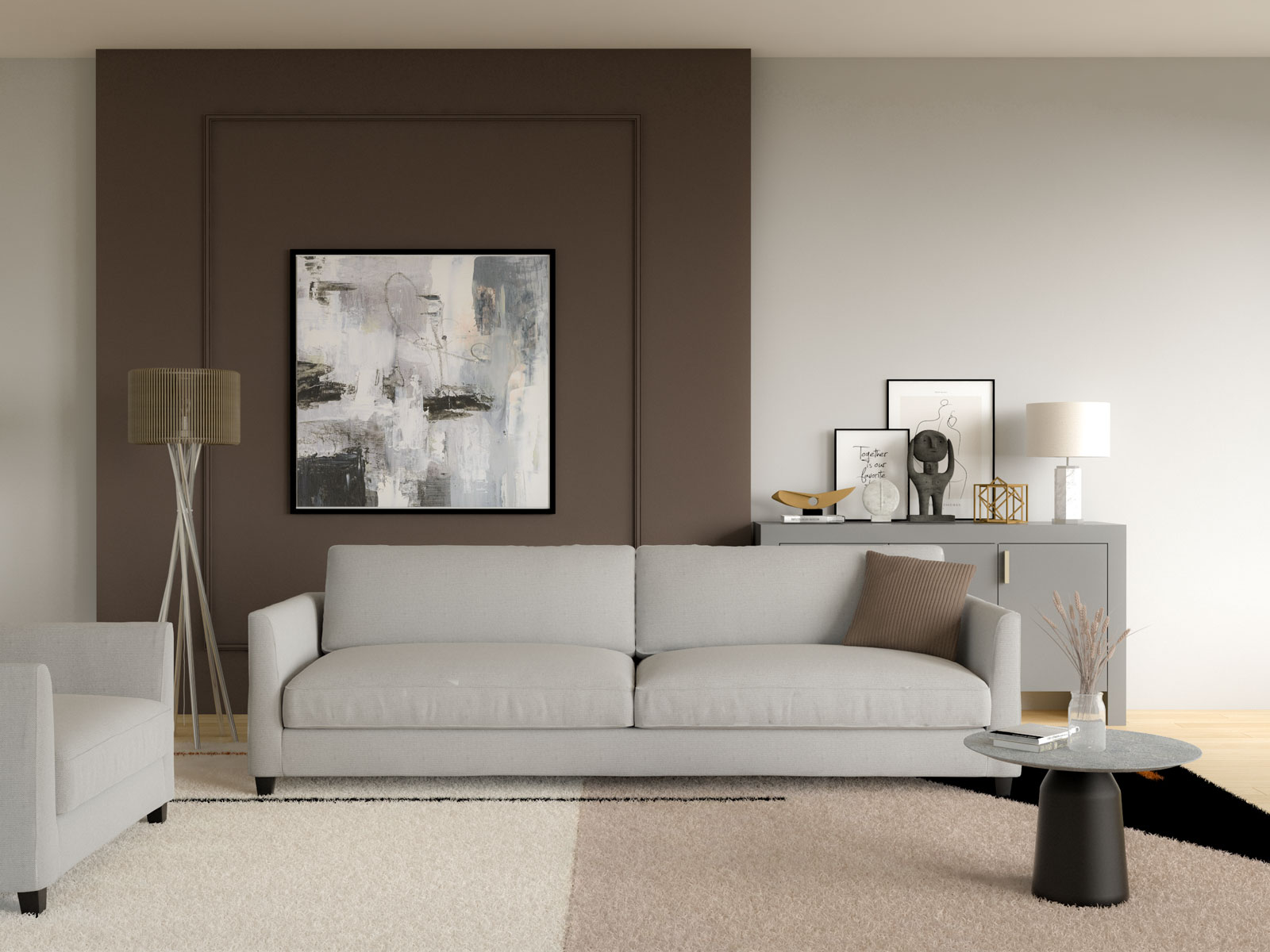

0 thoughts on “Should Living Room Furniture Match? Design Experts Advise”